Introduction
Silkworm pupae, the transformative stage in the life cycle of Bombyx mori, have fascinated humans for millennia due to their role in silk production. Raising silkworms is a delicate yet rewarding process that requires attention to detail, environmental control, and a deep understanding of the insect’s biological needs. This guide delves into the step-by-step methodology of cultivating silkworms, focusing on nurturing them from eggs to pupae, ensuring optimal health, and maximizing cocoon yield. Whether you are a hobbyist, educator, or aspiring sericulturist, mastering these techniques will pave the way for successful silkworm rearing.
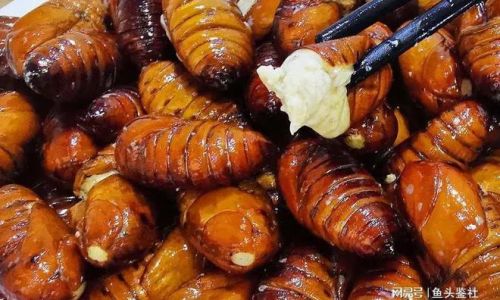
Understanding the Silkworm Life Cycle
Before diving into rearing practices, it is crucial to grasp the four distinct stages of a silkworm’s life:
- Egg: Tiny, pebble-shaped eggs hatch into larvae after 10–14 days under favorable conditions.
- Larva (Silkworm): The feeding stage, lasting 20–28 days, during which silkworms consume mulberry leaves and grow exponentially.
- Pupa: The non-feeding stage inside the cocoon, lasting 10–14 days, where metamorphosis into an adult moth occurs.
- Adult (Moth): A short-lived stage focused solely on reproduction, with moths living only 5–10 days.
This guide emphasizes the larval and pupal stages, as these are critical for silk production and pupae cultivation.
Preparing the Rearing Environment
Silkworms thrive in controlled environments that mimic their natural habitat. Key factors include:
1. Temperature and Humidity
- Larval Stage: Maintain a temperature of 25–28°C (77–82°F) and 70–85% relative humidity.
- Pupal Stage: Reduce temperature slightly to 23–25°C (73–77°F) while keeping humidity above 65%.
Use thermometers and hygrometers to monitor conditions. Inconsistent temperatures can stunt growth or induce premature pupation.
2. Housing
- Use plastic trays, wooden boxes, or specialized rearing trays with smooth surfaces to prevent injury.
- Line the base with paper towels or cloth for easy cleaning.
- Ensure adequate ventilation to prevent mold growth but avoid drafts.
3. Lighting
Silkworms require indirect natural light or 12–16 hours of artificial light daily. Avoid direct sunlight, which can overheat the habitat.
Sourcing and Incubating Eggs
1. Acquiring Healthy Eggs
- Purchase eggs from reputable suppliers or collect them from adult moths if breeding.
- Opt for disease-resistant strains suited to your climate.
2. Incubation Process
- Store eggs at 18–20°C (64–68°F) until hatching.
- To initiate hatching, gradually increase temperature to 25°C (77°F) and maintain high humidity.
- Eggs typically hatch within 7–10 days under optimal conditions.
Feeding and Nutrition
Proper nutrition is the cornerstone of healthy silkworm development.
1. Mulberry Leaf Selection
- Species: Morus alba (white mulberry) is preferred for its high nutritional value.
- Quality: Leaves should be tender, green, and free from pesticides or pollutants.
- Preparation: Wash leaves thoroughly and pat them dry. Chop leaves into small pieces for young larvae.
2. Feeding Schedule
- Newly Hatched Larvae (1st–2nd Instars): Feed small, tender leaves every 3–4 hours.
- 3rd–4th Instars: Increase portion sizes and feed 4–5 times daily.
- 5th Instar (Final Stage): Provide large quantities of mature leaves 3–4 times daily.
3. Hydration
Silkworms obtain moisture from leaves. Avoid direct water spray, as it can lead to drowning or bacterial growth.
Managing Larval Growth and Health
1. Growth Stages (Instars)
Silkworms molt four times (shedding exoskeletons) during their larval stage, progressing through five instars. Each molt signals a new growth phase.
2. Health Monitoring
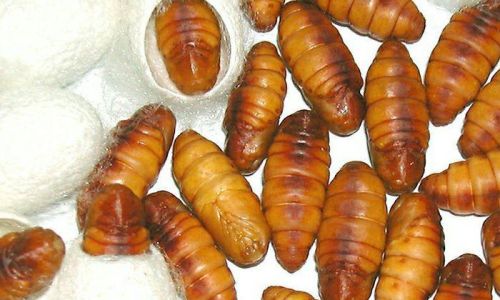
- Healthy Larvae: Plump bodies, vibrant color, and active feeding.
- Signs of Illness: Lethargy, discoloration, or refusal to eat. Immediately isolate affected larvae to prevent disease spread.
3. Disease Prevention
- Sanitation: Clean the habitat daily, removing frass (excrement) and uneaten leaves.
- Disinfection: Sterilize containers with mild bleach solution between batches.
- Quarantine: Isolate new arrivals for 3–5 days to check for diseases.
Initiating the Pupation Stage
1. Pre-Pupal Behavior
- Larvae stop eating 1–2 days before pupation.
- They may lift their heads and secrete silk to attach themselves to a surface.
2. Providing Pupation Sites
- Offer twigs, cardboard tubes, or mesh grids for larvae to spin cocoons.
- Avoid disturbing cocoons once formed.
3. Cocoon Formation
- Each cocoon contains one pupa and is made of a single silk thread (800–1500 meters long).
- Cocoons harden within 2–3 days, forming a protective shell.
Post-Pupation Care
1. Storage of Cocoons
- Transfer cocoons to a cool, dry place (15–20°C / 59–68°F) if harvesting silk.
- For moth emergence, maintain warmth and humidity.
2. Harvesting Silk
- To extract silk, immerse cocoons in hot water (90–95°C / 194–203°F) to dissolve the sericin protein.
- Unwind the silk thread carefully to preserve its length.
3. Moth Emergence
- If breeding, keep cocoons in a warm environment. Moths emerge in 10–14 days.
- Provide a paper-lined container for egg-laying.
Troubleshooting Common Issues
1. Poor Growth or Mortality
- Cause: Incorrect temperature/humidity, contaminated leaves, or disease.
- Solution: Adjust environment, quarantine affected larvae, and improve sanitation.
2. Premature Pupation
- Cause: Fluctuating temperatures or poor nutrition.
- Solution: Maintain stable conditions and ensure adequate feeding.
3. Mold Growth
- Cause: Excessive humidity or poor ventilation.
- Solution: Reduce humidity, increase airflow, and clean habitats more frequently.
Ethical and Sustainable Practices
- Humane Treatment: Avoid overcrowding and handle larvae gently.
- Eco-Friendly Disposal: Compost used leaves and frass.
- Biodiversity: Rotate mulberry trees to prevent soil depletion.
Educational and Economic Applications
- Education: Silkworm rearing teaches biology, responsibility, and sustainability.
- Agriculture: Silk production supports rural economies in regions like China, India, and Brazil.
- Research: Silkworms are model organisms for studying genetics and disease.
Conclusion
Raising silkworm pupae is a blend of science and art, demanding precision, patience, and passion. By mastering environmental control, nutrition, and health management, cultivators can achieve robust growth and bountiful cocoon yields. Whether for silk, education, or ecological study, the journey of nurturing silkworms offers profound insights into the wonders of nature and the rewards of sustainable practice. With dedication and adherence to these guidelines, even novice rearers can transform this ancient craft into a thriving modern pursuit.
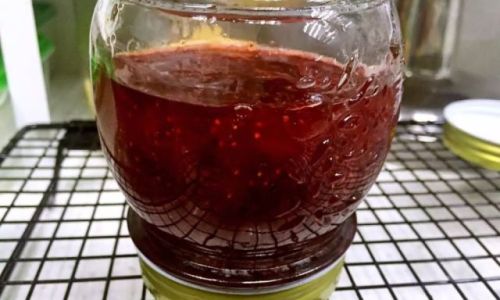
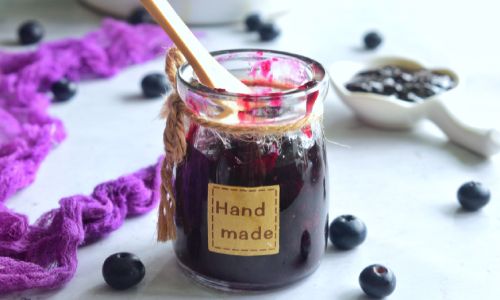
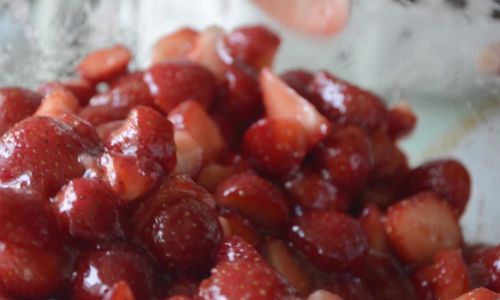

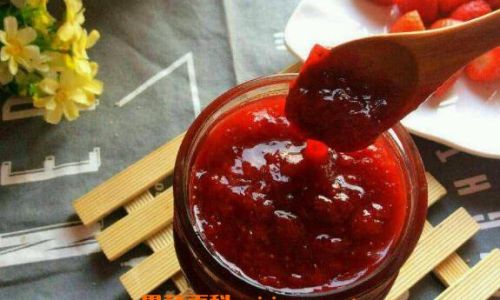
0 comments